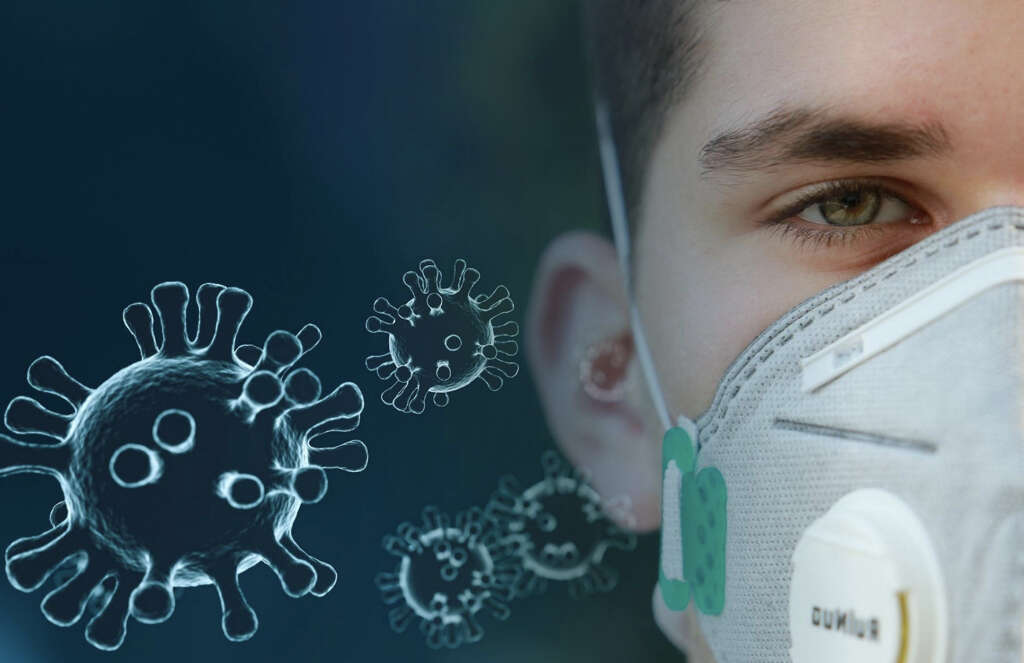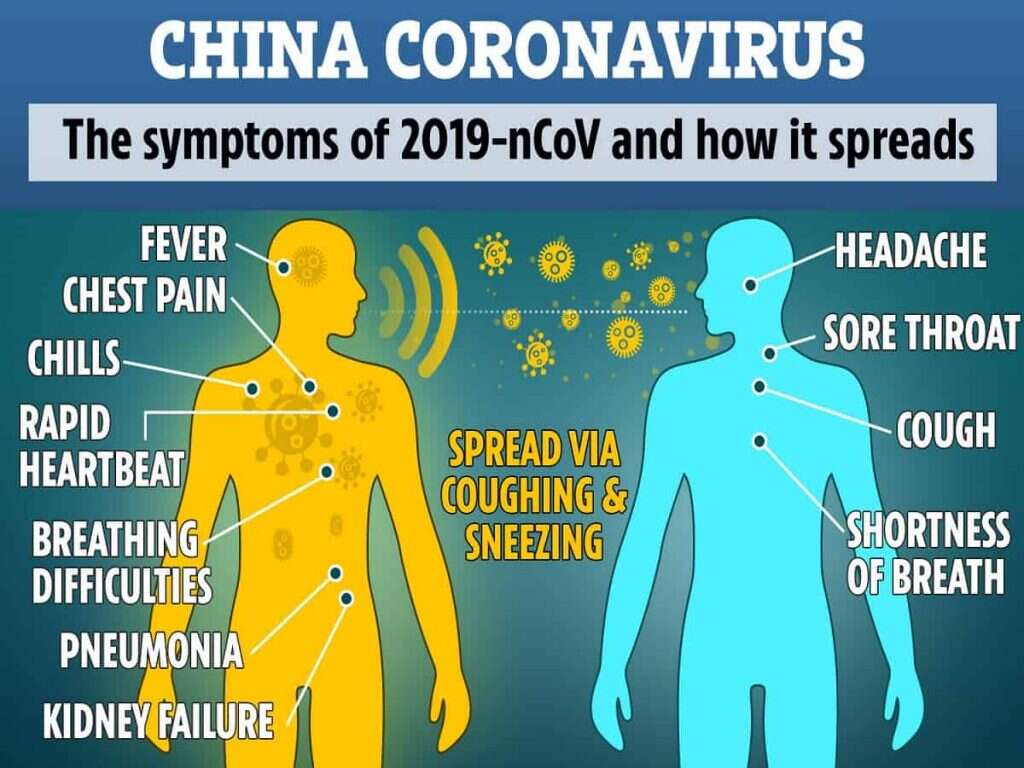What Is SARS Virus?
 Article Sources
Article Sources
- 1. Zheng, Jian et al. SARS-related Virus Predating SARS Outbreak, Hong Kong. Emerging Infectious Diseases vol. 10,2 (2004): 176-78. doi: 10.3201/eid1002.030533.
- 2. Wu, Jiang et al. Risk Factors for SARS among Person's without Known Contact with SARS Patients, Beijing, China. Emerging Infectious Diseases vol. 10,2 (2004): 210-16. doi: 10.3201/eid1002.030730.
- 3. Richardson, Susan E. et al. The Laboratory Diagnosis of Severe Acute Respiratory Syndrome: Emerging Laboratory Tests for an Emerging Pathogen. Clinical Biochemistry Review vol. 25,2 (2004): 133-42.
3. Transmission
When people become infected with SARS-CoV, they can spread the virus when they cough or sneeze. The virus is transmitted through respiratory droplets, which can spread up to approximately three feet. If they land on the mucous membranes that line the nose, mouth or eyes of another person, that individual may develop the illness.
The virus can also land or be deposited on surfaces such as doorknobs and countertops. When someone touches contaminated surfaces and then touches his or her nose, eyes or mouth, they can become sick. Close contact, such as touching or talking pithing a three-foot distance, allows the transmission of the virus.
Advertisement











